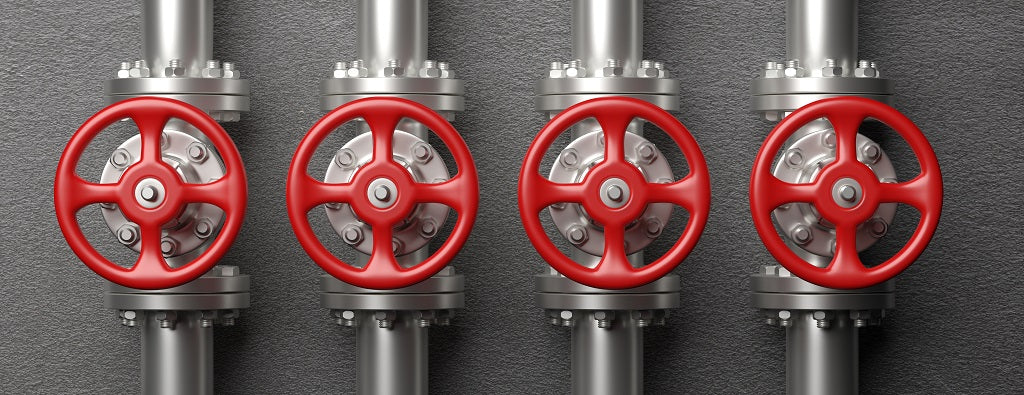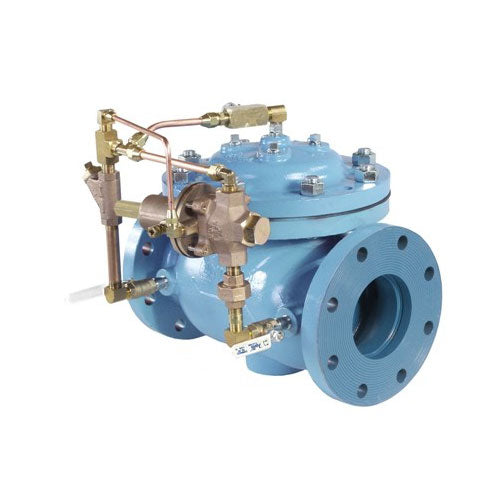The Role of Control Valves in Fluid Circulation Monitoring Equipment
The Role of Control Valves in Fluid Circulation Monitoring Equipment
Blog Article

Maximize Energy Financial Savings and Convenience With Advanced Structure Automation Controls
In the world of contemporary architecture and center monitoring, the combination of innovative building automation regulates stands as an essential advancement. The convergence of innovation and sustainability has actually birthed a new period where power effectiveness, comfort optimization, and functional streamlining are no longer distant goals but obtainable truths. By taking advantage of the power of automation, structures can adjust, react, and progress in ways that were as soon as unthinkable. The capacity for considerable power financial savings and boosted convenience is not just a possibility but a guarantee waiting to be fulfilled. This paradigm change in structure administration holds the crucial to unlocking a globe where environmental conscientiousness and occupant well-being harmoniously exist side-by-side within the wall surfaces of our frameworks.
Power Efficiency Conveniences
Power effectiveness advantages can considerably reduce power consumption and operational prices in buildings. Energy-efficient systems, such as innovative building automation controls, can maximize the usage of sources like cooling, home heating, and lighting, leading to reduced power expenses over time.
In addition, enhanced power effectiveness can prolong the life expectancy of building tools and systems. By running much more efficiently, heating and cooling systems, lighting fixture, and various other structure elements experience less damage, resulting in minimized maintenance and replacement costs. In addition, energy-efficient structures commonly regulate higher residential or commercial property values and rental prices, providing lasting financial benefits to proprietors.
Furthermore, power performance can boost passenger comfort and productivity. Effectively regulated interior environments with optimum lights and thermal conditions produce an even more pleasant and conducive work space, resulting in improved employee satisfaction and efficiency. On the whole, the power effectiveness benefits connected with advanced building automation controls are complex, incorporating cost savings, environmental stewardship, and occupant well-being.
Boosted Convenience Control
Enhancing convenience control in building environments calls for a sophisticated integration of sophisticated automation systems for ideal resident health. By using innovative building automation controls, centers can customize the interior setting to fulfill the certain needs and choices of owners. These systems make it possible for precise law of temperature, lighting, and air flow, developing a productive and comfy environment. Resident fulfillment and performance are very closely connected to thermal convenience, making it vital to have systems in location that can adapt to transforming conditions in real-time.
By integrating these innovative controls, buildings can not just improve convenience however likewise boost power performance by optimizing system procedures based on actual occupancy and usage patterns. Eventually, focusing on owner convenience via sophisticated automation systems leads to a much more enjoyable and much healthier indoor environment.
Functional Performance Improvements

In addition, the application of real-time monitoring and analytics devices makes it possible for building drivers to identify power inadequacies and operational anomalies immediately. By constantly keeping an eye on energy usage patterns and system performance metrics, changes can be made in real-time to optimize power consumption and ensure peak operational effectiveness. control valves. Furthermore, including demand feedback techniques right into structure automation controls can even more boost functional performance by dynamically changing energy usage based on grid conditions and pricing Discover More signals
Indoor Environment Optimization
Effective interior environment optimization is a basic aspect of structure automation controls, guaranteeing passengers' comfort and well-being while making best use of energy savings. By utilizing innovative sensing units and controls, constructing automation systems can continually adjust and monitor temperature, moisture levels, air quality, and air flow to create an optimum interior atmosphere. Maintaining comfortable and constant problems not only enhances resident satisfaction but also increases efficiency and overall wellness.
Interior climate optimization additionally plays an essential duty in energy efficiency. By fine-tuning air flow, home heating, and cooling systems based on real-time information and occupancy patterns, developing automation controls can substantially decrease energy usage - control valves. Implementing approaches such as demand-controlled air flow and thermal zoning can assist minimize energy waste while making sure that each location of the structure gets the needed conditioning.

Sustainable Atmosphere Development
Building automation manages not just enhance interior environment conditions for power performance and owner convenience but also lay the foundation for creating a lasting environment through strategic monitoring of systems and sources. By integrating advanced structure automation innovations, such as sensors, actuators, and intelligent software application, centers can change and keep track of power usage in real-time to decrease waste and reduce their carbon footprint. These systems enable anticipating upkeep, recognizing possible problems before they rise and enhancing devices efficiency to improve durability and effectiveness.
Moreover, lasting atmosphere development prolongs past power management to include water preservation, waste decrease, and interior air quality enhancement. Structure automation controls can manage water use, identify leakages, and guarantee appropriate garbage disposal methods, adding to total sustainability initiatives. In addition, by keeping an eye on and regulating air flow and purification systems, these technologies boost owner wellness and efficiency while lowering power consumption related to cooling and heating operations.
Final Thought
To conclude, progressed building automation manages offer substantial benefits in regards to power cost savings, comfort control, functional performance, indoor climate optimization, and developing a lasting environment. By applying these controls, structures can attain ideal efficiency while decreasing energy consumption and boosting resident comfort. It appears that using advanced automation modern technology is essential in enhancing building performance and producing an extra lasting future.
Power efficiency advantages can significantly minimize power consumption and functional costs in structures. On the whole, the power performance benefits linked with innovative building automation controls are diverse, incorporating cost financial savings, ecological stewardship, and owner health.
Additionally, incorporating need feedback approaches into structure automation controls can better improve operational efficiency by dynamically changing power use based on grid conditions and prices signals.
Building automation controls not only enhance indoor climate problems for energy efficiency and resident convenience but also lay the foundation for creating a sustainable environment via critical monitoring of systems and sources.In verdict, progressed structure automation manages offer significant advantages in terms of energy savings, comfort control, operational efficiency, interior climate optimization, and producing a sustainable setting.
Report this page